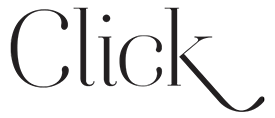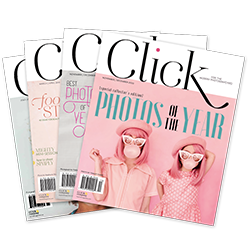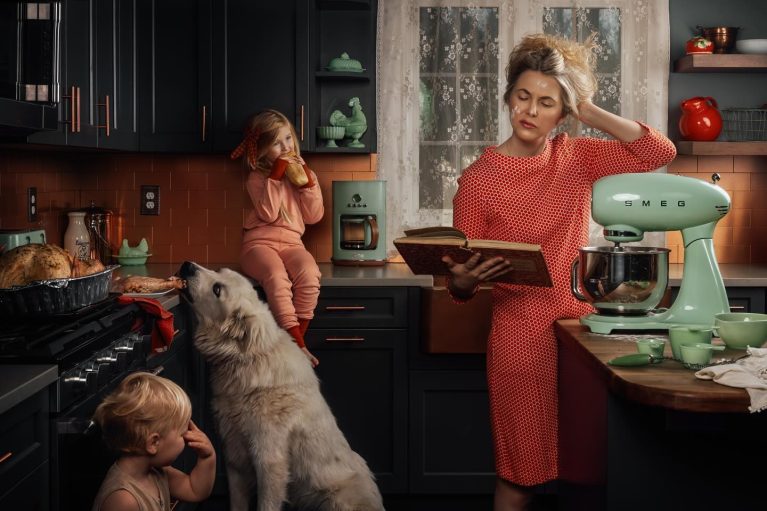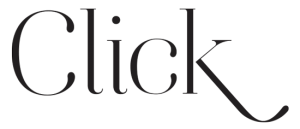Meg, we’re all excited to hear about the new workshop! Tell us a little about how The Artist’s Eye helps photographers develop critical observational skills and empowers them to create compelling narratives from the everyday.
The art of noticing is a practice, and it’s something we dive into heavily within the workshop. Through lots of creative exercises, we explore ways to build stronger narratives within our work by noticing the overlooked.
Your photographs demonstrate meticulous attention to both story and design, from props and setting to wardrobe and color palette. Is this level of control reflected across everything you shoot – or just what you choose to show?
I’m deeply driven by the entire process of fine art portraiture from start to finish. I love to come up with a concept that relates to my personal life in some way because when we tie our reasons why authentically to our lives, we create meaningful work. I find joy in not only brainstorming ideas but also creating color palettes and styling my frame, giving lots of attention to detail and nuance. I also love to explore color within post-processing to deepen my artistic vision. And while I do occasionally photograph spontaneous moments, I choose not to publish them, instead focusing on sharing my art, much of which has little to do with the camera itself.
In the second week, the workshop dives deep into light and its effects on mood and color. What’s one light manipulation technique you teach that can transform a photograph?
Fill light has a big impact on students. It surprises others how a second light, with the right modifier and strength, impacts colors within a frame. When I started adding a fill light to many of my portraits, I was surprised to find how much richer and more vibrant colors became. The idea with a fill light is to lift and soften the shadows a little to provide more detail and clarity within the frame. As an added bonus, it also produces additional catchlight which makes my subject’s eyes pop.
Editing is an important part of your work. What personal, artistic, or ethical boundaries do you have when it comes to your approach to editing?
I never remove dirt from my subject’s skin and clothing. In fact, sometimes I even enhance those details to make them stand out. If my daughter has messy braids, I never remove the flyaways. I feel like the mess and wildness tells the viewer more about her spirit. Lastly, I almost never remove temporary tattoos from my children. Removing them would be like be like erasing part of their childhood, and it’s not lost on me that one day they are going to stop putting those on.
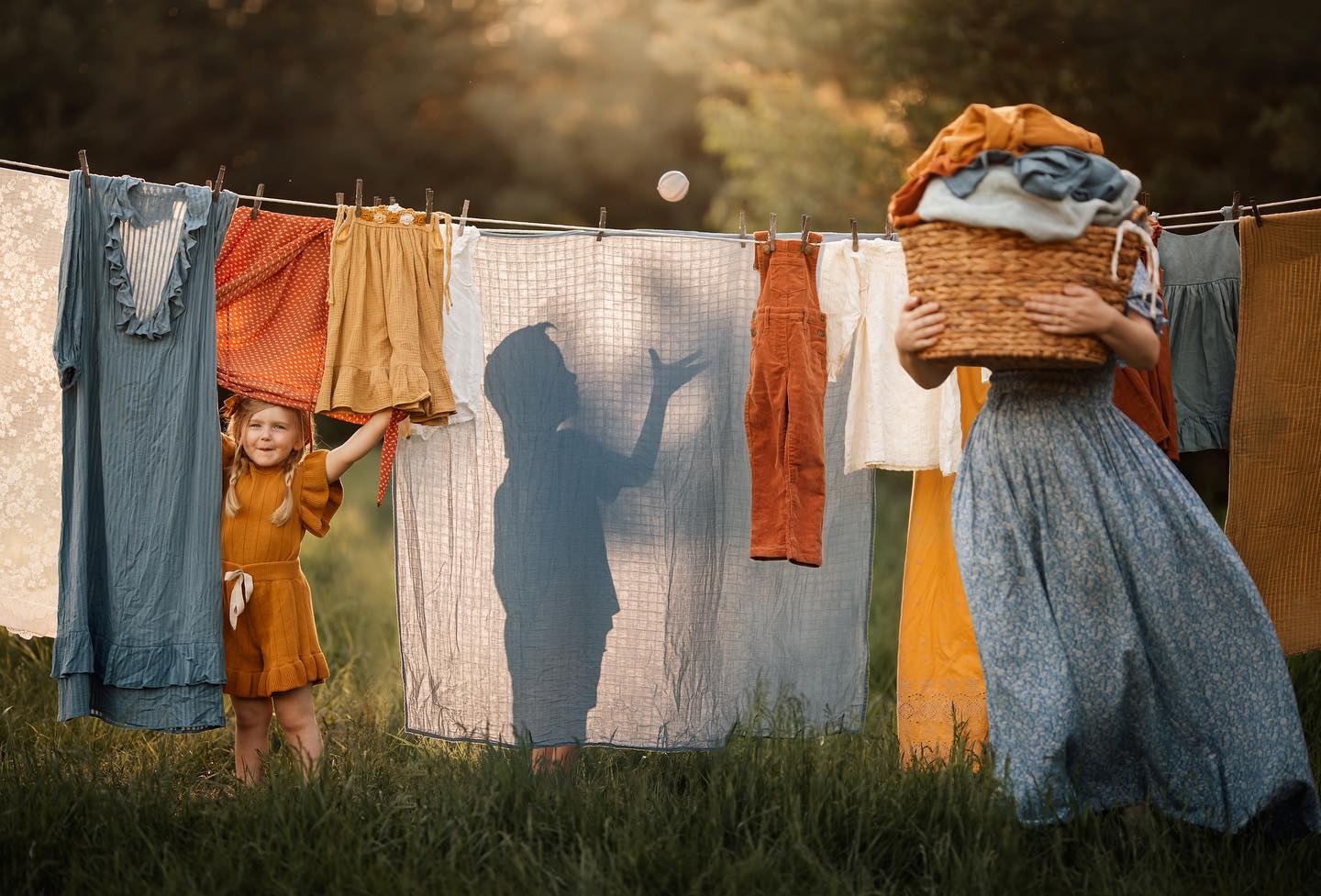
Editing is also a central component of this workshop. Can you share a simple editing trick that often surprises your students with its effectiveness?
Students often mention that the micro-adjustments I make to color in Photoshop have the most impact. I often use layers upon layers of hue/saturation, selective color, and solid color fill, each finely tuned with various blend modes, to create dynamic color palettes.
What’s the most challenging project or assignment in the workshop, and why is it crucial for students’ development?
The most challenging is the last assignment. It’s collaborative, which is one of the unique and beautiful things about it. The class picks a common theme, and students are encouraged to share the inspiration and process that leads to their final images by making notes, creating sketches, researching other artists, and reflecting how they might incorporate their personal values, experiences, memories, and influences. The assignment demonstrates how individual perspectives can form a cohesive, shared vision that also captures variations of a universal experience.
How has creating or teaching this course influenced your own photography and creative process?
The Artist’s Eye is a creative, collaborative, and supportive workshop, and I’ve found that I am the most creative with my portraiture when teaching this workshop because I’m motivated and learn so much from others. We work together very closely over four weeks through lots of exercises, zoom chats, and assignments. It’s really inspiring for everyone as we encourage each other to go beyond our comfort zone to learn and grow.
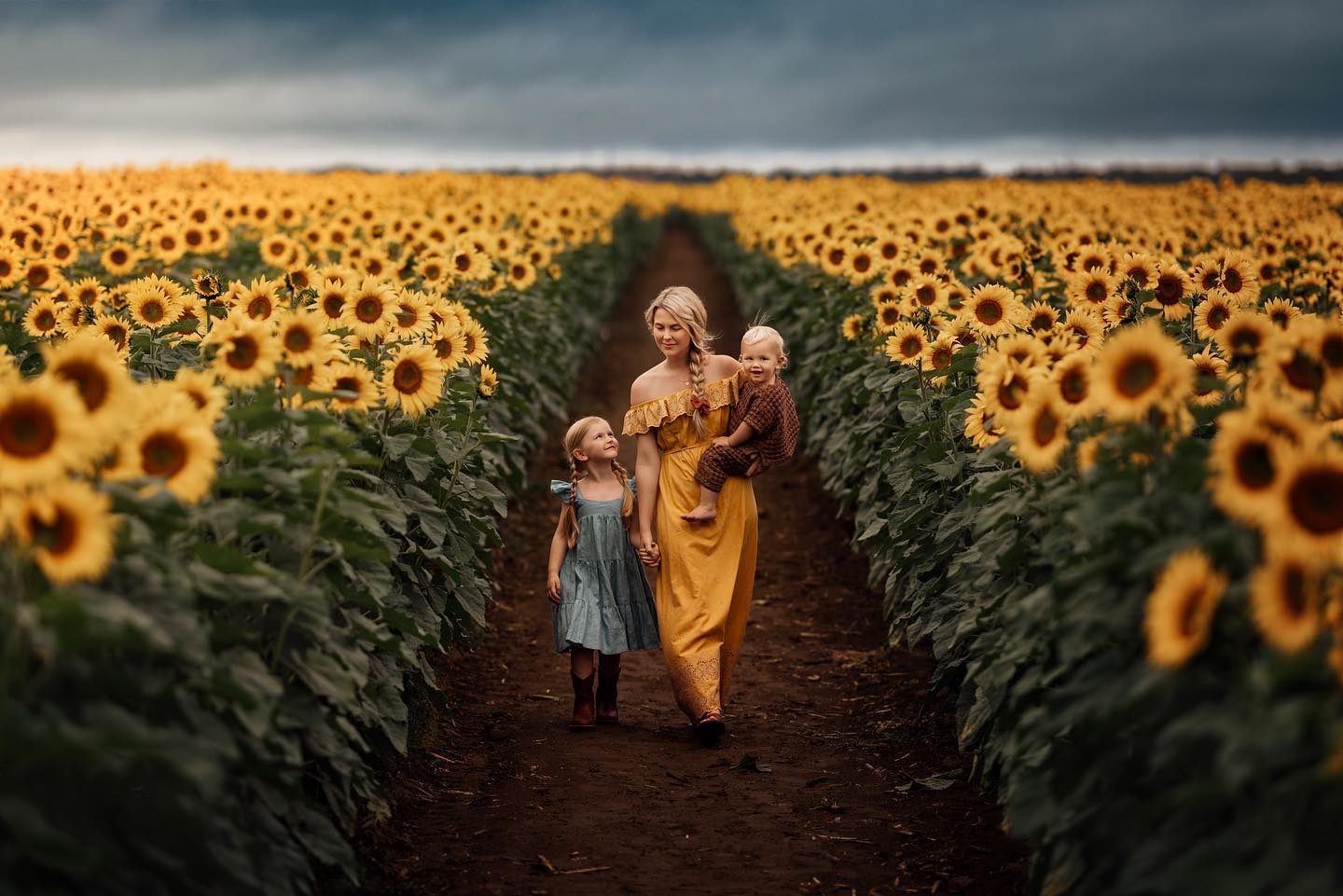
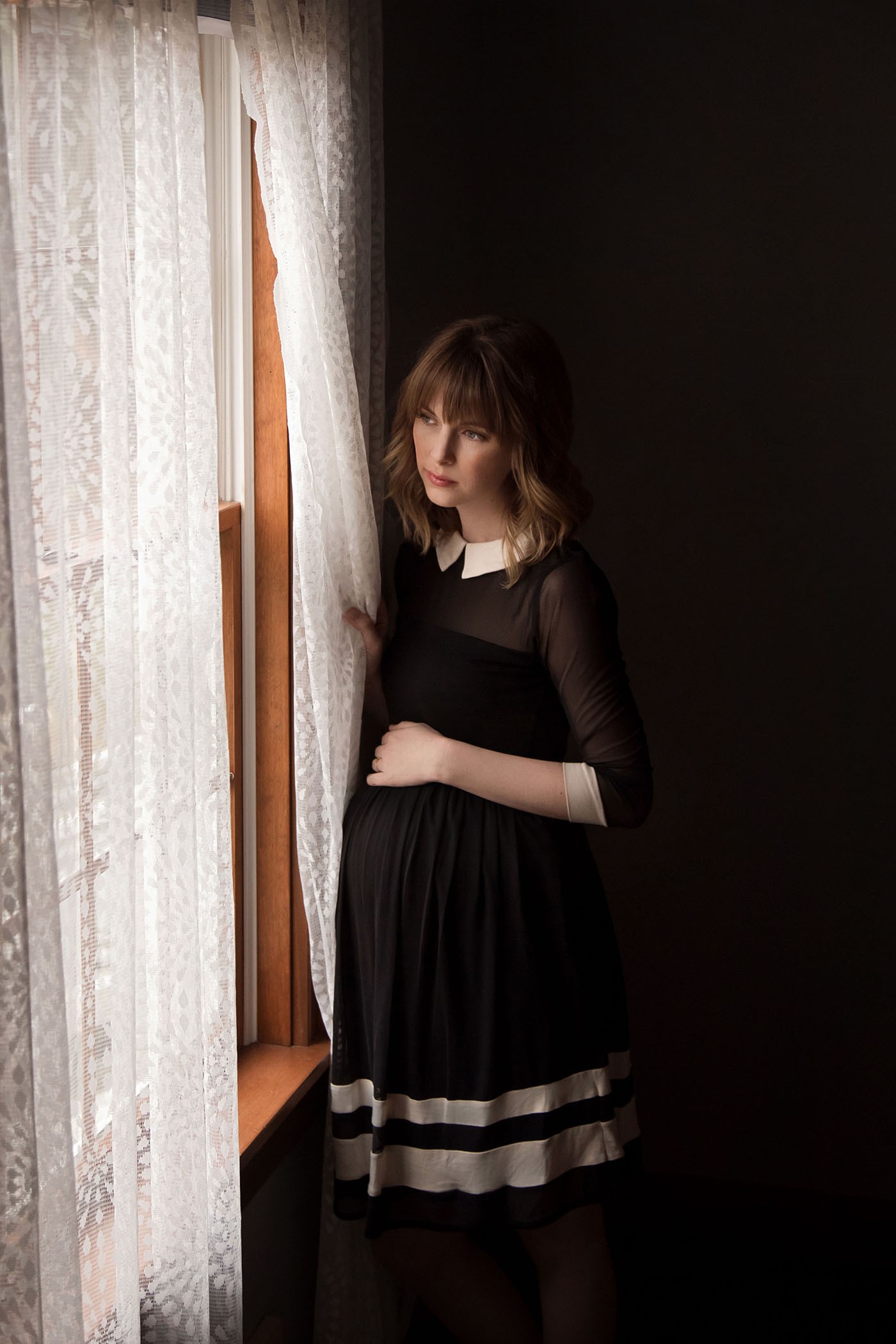
You have a very distinctive style. Is there a photo from your earlier work you can pinpoint as the origin of your current style, even if you didn’t recognize it at the time?
There are two images that come to mind. One was a solo maternity self portrait I took in 2015. It was selected for the VOICE collection, and it was one of my first images that won an award. At the time I took the photo, my husband was away on military duty ,which enhanced the overall mood and emotion of this portrait waiting for him to come home.The second image that comes to mind is one I took a year later of my son Leo right after he was first diagnosed with leukemia.
There are several common themes between these images that I see throughout my work now: te images tell a story that is meaningful to me, are centered around home, and demonstrate the romantic, Dutch Master’s lighting I often love to have within my work.
Your work has inspired many photographers, some of whom closely emulate your images. What advice would you give to photographers about finding and nurturing their own unique voice in a field where visual inspiration is so readily shared?
If there’s one piece of advice I can give here, it’s that there’s no greater satisfaction than authentically creating from the heart. When we tie our reasons why (why we are an artist… why we pick up a camera) authentically to our lives, we create meaningful work. Within the workshop we encourage each other to pull inspiration from many mediums, not just once single source. We dive deep into what makes us unique as artists, what we love and dislike about our lives. We pull inspiration from all those things that make up our personal life, from art and more. We learn more about ourselves and why we are drawn to certain things.
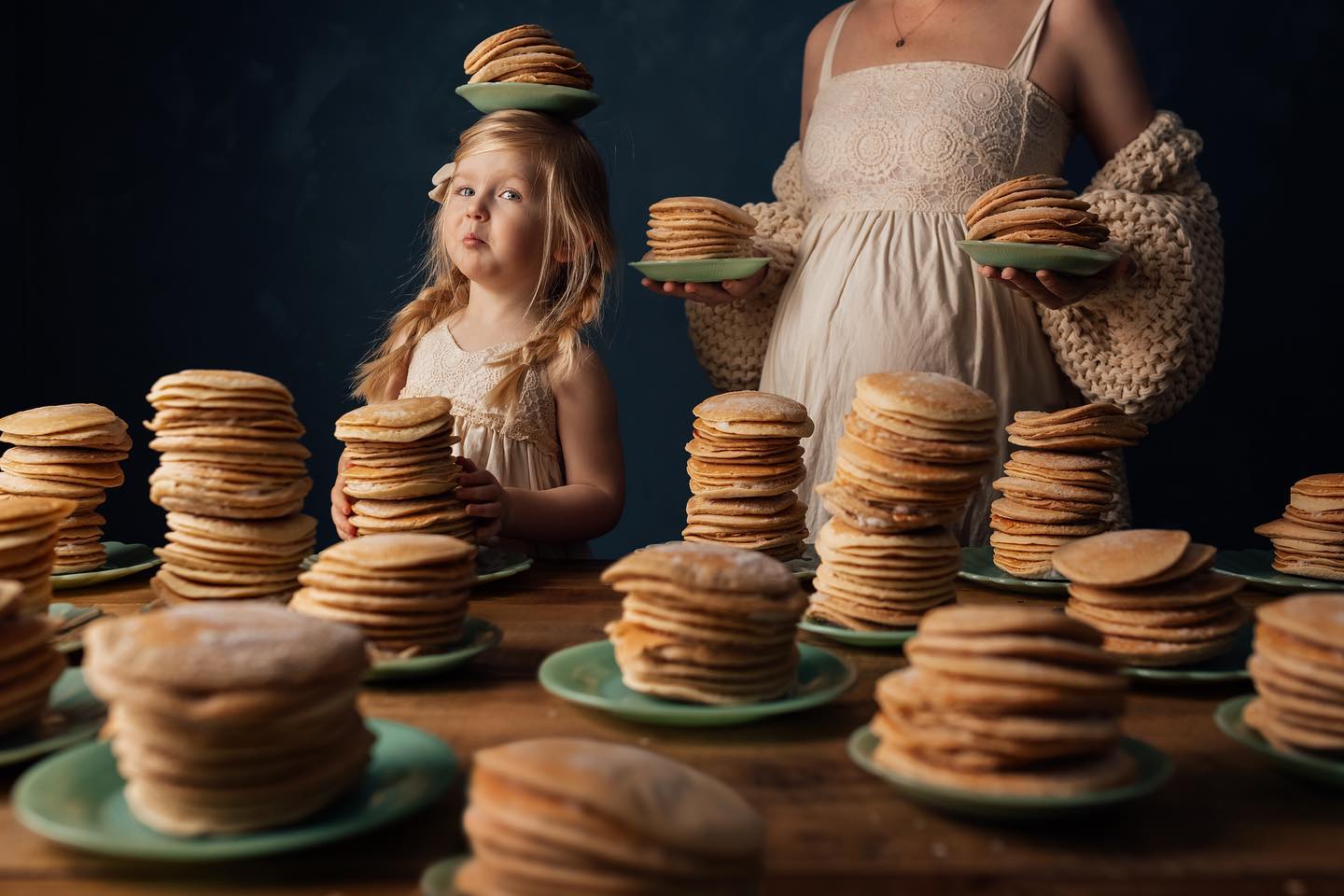
SPEED ROUND
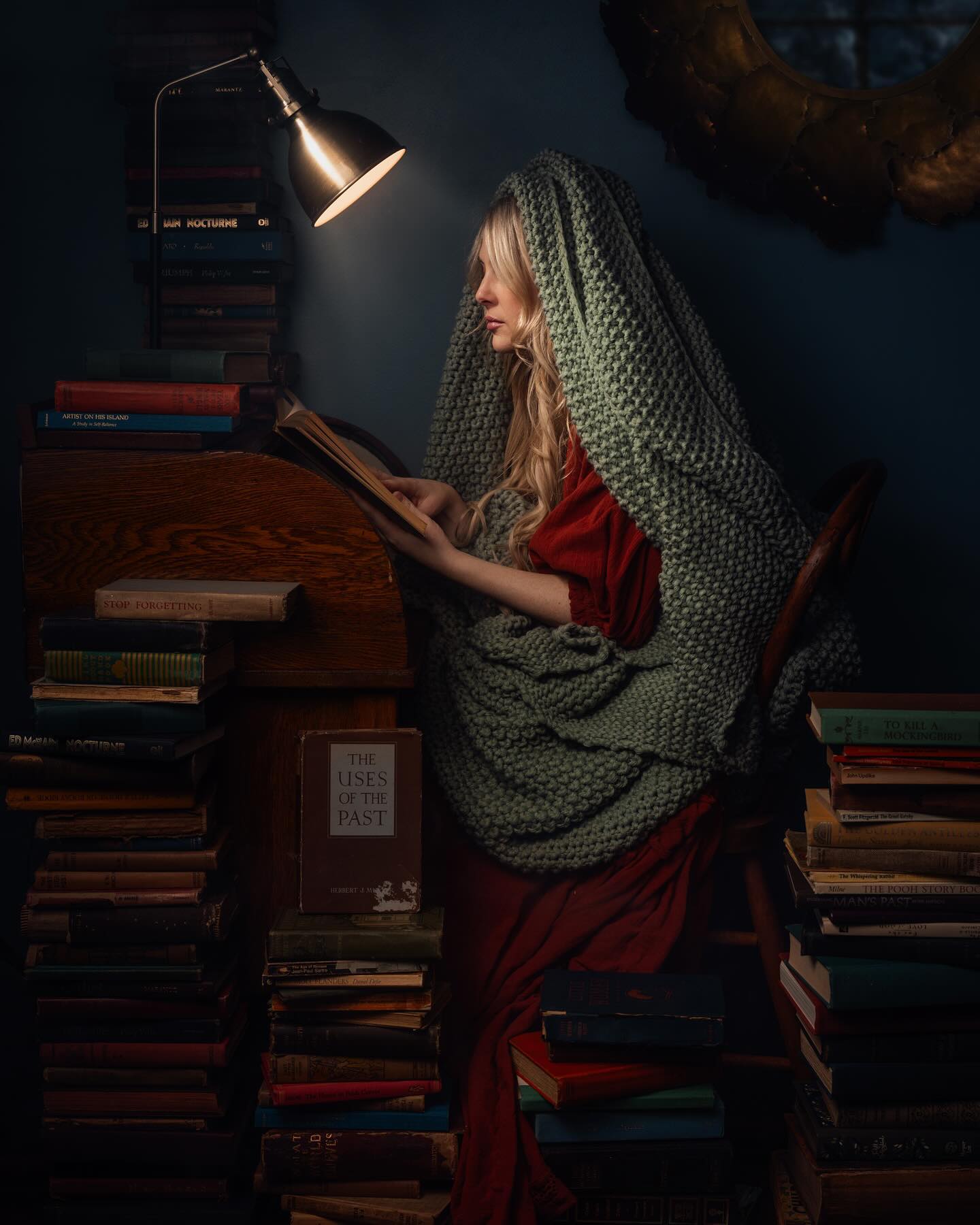
What’s one daily habit that keeps *your* artist's eye sharp? Alone time
If you were a color based on the emotions you aim to evoke with your photos, what color would you be? Blue
Is there a song that encapsulates the mood of "The Artist's Eye" workshop? Vance Joy "We're Going Home" and Aurora "Runaway"
How many photos are in your Lightroom catalog? 544,000
Is there an artist (photographer or otherwise) that we'd be surprised to hear inspires you? Claire Luxton, Brooke DiDonato , and Niki Boon
Which of your kids likes to be in front of the camera most? Least? Scout the most and Teddy the least.
What aspect of photography do you find most challenging? Most rewarding? Most challenging is lighting big scenes and the most rewarding is nailing the lighting
On average, how many hours a week do you dedicate to photography (planning, shooting, editing, etc)? 15 to 20 hours
Which season do you find most inspiring for your photography? Winter
Want to learn more from Meg, how she edits, and her approach to visual storytelling?
Register for her new small group online workshop! The next run of The Artist's Eye begins May 6 at Click Photo School.

The Artist's Eye
Master the art of noticing, explore the power of color and light, and gain powerful shooting and editing skills to turn simple moments into original narratives.
